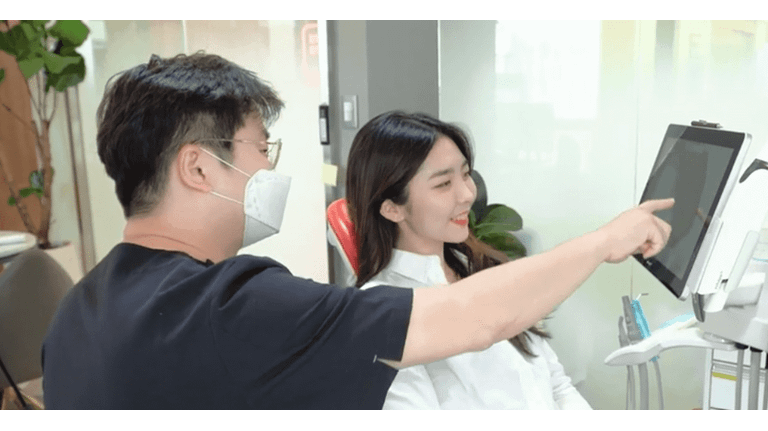- Home
- Blog
- Explore treatments
- Why you should share your digi...
Why you should share your digital technology with your patients
From technology geek to widely sharing the technology with my patients

I have always been a technology geek. I am always searching for the newest and coolest. It is one of the reasons I was first drawn to intraoral scanning. So, for me, the more I used the technology, the more interested I became.
I began using dental apps and CAD-CAM software more and more, and this not only significantly changed my dentistry but my career and practice as well.
When you go digital with your practice, many dentists don’t think about sharing the new technology with their patients. It may be because they believe patients don’t really care how their prosthesis is made and just care if it works.
So, while the digital equipment might be improving your workflow and dentistry, it most likely does not mean anything to your patients unless you share the technology with them.
And that idea of sharing the technology with my patients is what truly revolutionized my practice and dentistry.
Patients cannot take their eyes and hands off the portable screen
This is what I mean by sharing the technology. The intraoral scanner I use now, for example, has a portable screen, which my patients cannot take their eyes and hands off when they are in the dental chair. They touch the screen, which is kind of like an iPad, and move their scans around to get a look at them from every angle. They watch intensely when I scan. They are so engaged.
When I use a treatment simulation or smile design app, the patients get even more involved.
For example, I recently had a case where the intraoral scanner helped a patient notice that the root of her anterior tooth was exposed due to serious gingival recession. This was, most likely, the first time in her life she seen this.
"The images and data that were made available by the intraoral scanner really helped the patient understand each decision and step of my proposed treatment. It became a teaching aid. Patients begin to understand why they really need a treatment."
Redesigning my practice

When you can show patients, what is possible with digital technology, they get excited. This is the true power of digital technology. Because, as previously mentioned, your patients do not care if their prosthesis was made with a digital or analog workflow. They care about the experience.
Once I recognized this, I redesigned my new practice around this concept.
I now have a main computer that is connected to my wireless intraoral scanner. I have seven chairs in an open operatory, each fitted with a large screen. I can freely move from station to station with the wireless scanner. Being wireless also makes the operatory look much cleaner.
In addition, as I mentioned, I have an IO scanner with a portable screen that I can move around. This scanner enables me to immediately simulate treatments, show patients their dentition over time and use all of the other functions that come with the scanner. Having the ability to show patients 3D images on a screen rather than 2D images or plaster models makes such a big difference.
Now is the time to go digital
If you are a dentist considering going digital, I would say that now is the time. The benefits to your dentistry are well documented and supported by numerous studies. But the impact to your business and career are immeasurable.
Your patients will be more engaged and willing to accept your treatment proposals. When you share your digital technology with them, they self-diagnose and convince themselves. They will also spread the word about your technology and share it with their friends and family.